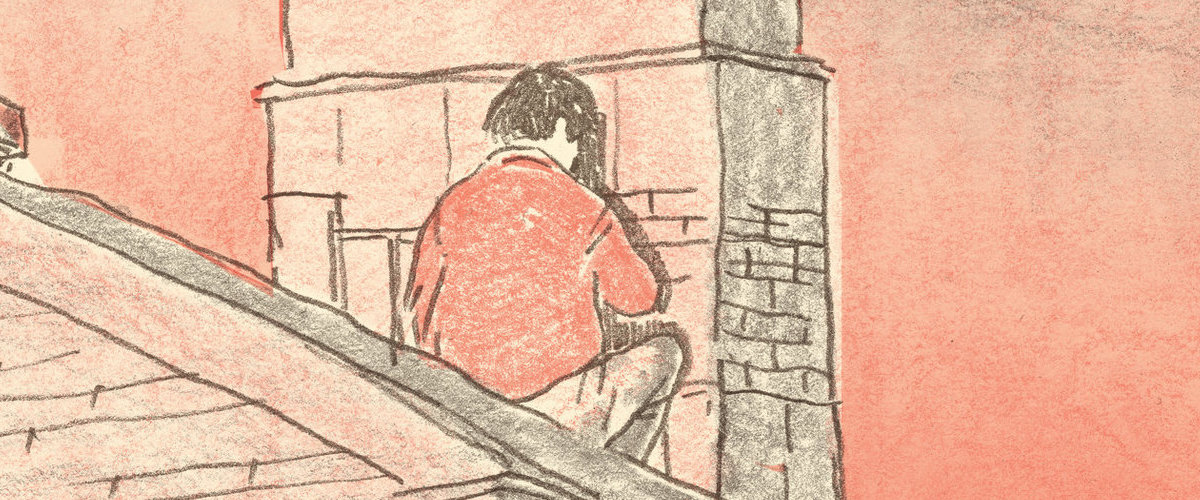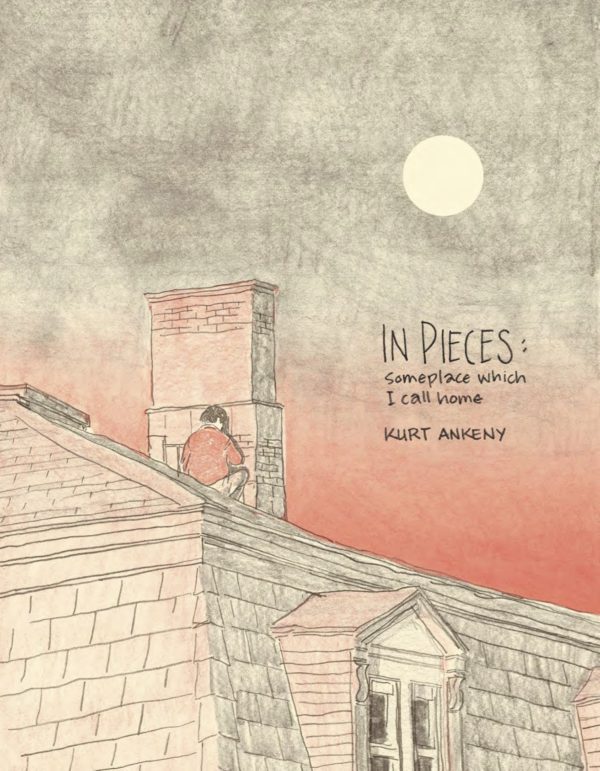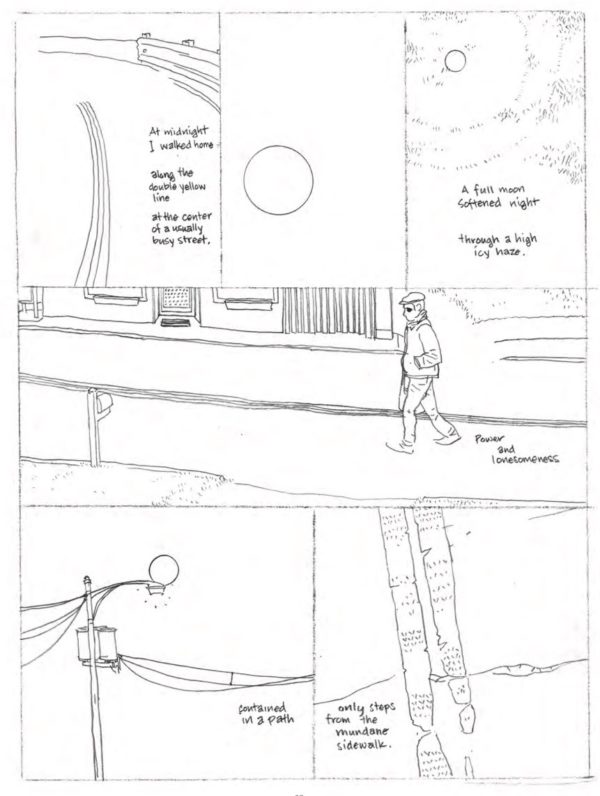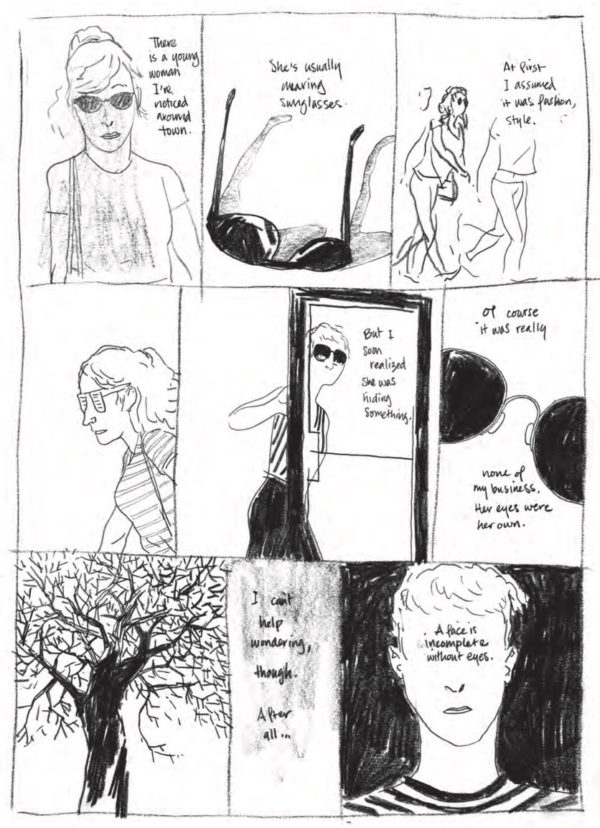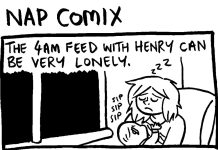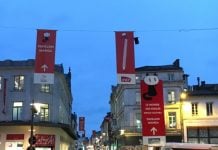In Pieces: Someplace Which I Call Home
By Kurt Ankeny
Adhouse Books
I’ve spent plenty of time in Ipswich, MA, but mostly just passing through on Rt 133 heading from Gloucester to Rt 1A onto Newburyport and Plum Island, the southern part of which is actually in Ipswich, though I never realized that. I have spent numerous hours in the southern part of Plum Island traversing the beaches with my sons. I have also been to Crane Beach, which you can see across the water from Plum Island, a number of times, but because it was known as a place of intense north shore beauty, it started to get crowded, undercutting the reasons we went there and punctuated by the increasing cost of parking. I never got to know the character of the place, specifically in regard to its inhabitants, and it has remained yet another of those mysterious New England towns that I pass through, but never stop and discover.
With In Pieces: Someplace Which I Call Home, Kurt Ankeny does a lot of my work for me. Whereas my experience with most of Ipswich involved driving in my car, tape deck providing the soundtrack and my sons accentuating it, and no doubt my wife and I chattering sarcastically about whatever we spotted, Ankeny’s book emotionally puts the breaks on, quietens the noise, and makes me look, listen, absorb.
In many ways, In Pieces has the form of a diary comic, but it’s lacking in the visual shorthand that accompanies so many of those and I appreciate that. As the book begins, Ankeny clarifies that the full page drawings — the ones of actual scenes in Ipswich — were drawn on location while the comics pages were done in reflection of the moments they portray. Regardless, they work well together, the full page images providing context that makes the comics feel like you’re focusing in closer with a microscope. And the styles between them are pretty similar, black and white line drawings with the comics being looser and having an “in the moment” quality that adds to the portrayals, while the full page images are more studied, more intricate.
In creating this portrait of Ipswich — or more precisely, of his life in Ipswich — Ankeny several different approaches. Some are observances from the window of his studio when he captures various people in private, often contemplative moments. He also observes people from outside his studio, though, postulating on what their story might be or noticing particular quirks that could hint to wider stories. Ankeny relates interaction with local people, typically curious interaction that he walks away from with more questions than he entered with. And then there are the quiet moments, sometimes slices of everyday circumstances in total silence, other times evocations of encounters with nature accompanied by Ankeny’s poetic impressions. There are also moments of Ankeny’s personal life that provide insight to his concerns, particularly about his son, and also about his relationship with where he lives.
At times, especially in the beginning, all these moments can see displaced from each other, but as they accrue through the work, you see what Ankeny is building. It’s like being presented with sections of a map that don’t quite fit together at first, but which are being handed to you in a purposeful way, in order to nurture your understanding of the area in the map and give you a different vantage point once the full map is in front of you. Ankeny’s process of doing this is gentle and patient, and it builds up into a rich and gracious examination of place and self and what one means to the other.



